Vehicle Suspension
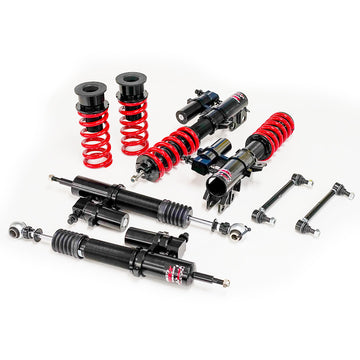
toyota yaris gr
Benefits of Supashock Coilovers for the Toyota Yaris GR
Enthusiasts looking to further enhance the handling and performance of their Yaris GR often turn...
Read more
WRX Coilovers: Ultimate Guide to Upgrading Your Subaru's Suspension
Subaru WRX enthusiasts know that the heart of a great driving experience lies in a...
Read more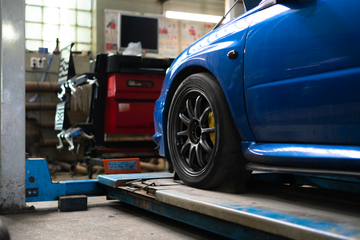
WRX Coilover Install: A Step-by-Step Guide to Upgrading Your Suspension
Upgrading your Subaru WRX's suspension system with coilovers is one of the best modifications you...
Read more
The Best WRX Coilovers: Unleash Your Subaru's Full Potential with Supashock
When it comes to enhancing the performance and handling of your Subaru WRX, choosing the...
Read more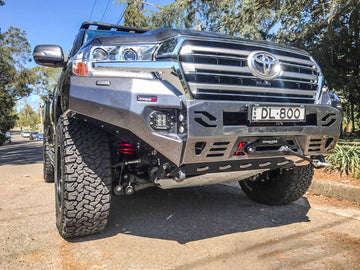
Springs, Shocks and Stability: The Ultimate Guide to Car Suspension Systems
Vehicle suspension is crucial for every driving experience as it absorbs shocks and vibrations. Improved...
Read more
Raising the Bar Down Under: Your State-by-State Roadmap to Legal Lift Kits in Australia
Planning to use a lift kit on your vehicle? While the benefits, such as improved...
Read more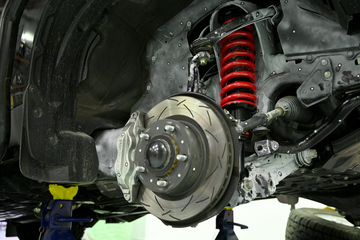
The Ultimate Guide to Isuzu D-Max Suspension: Enhancing Performance and Comfort
When it comes to tough, reliable, and performance-driven dual-cabs, the Isuzu D-Max stands out. However,...
Read more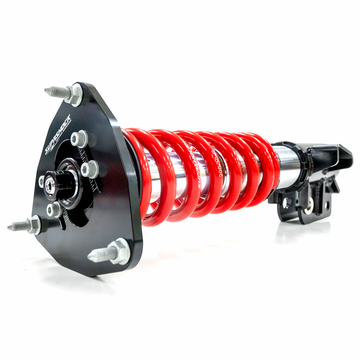
Understanding the different types of coilovers for Toyota 86
When it comes to upgrading the suspension of your Toyota 86, there are several types of...
Read more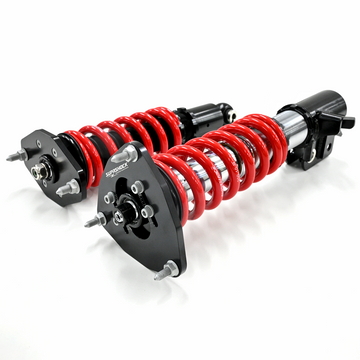
Benefits of upgrading your Toyota 86 coilovers
The Toyota 86 is a beloved sports car that has captivated car enthusiasts worldwide with...
Read more
Unleashing the Power: Exploring the Best Toyota 86 Coilovers for Unmatched Performance
Looking to upgrade the performance of your Toyota 86? Look no further. In this article,...
Read more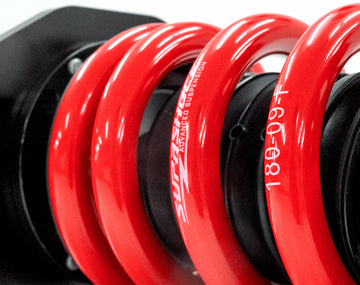
How Much Does A Lift Kit Cost?: Upgrade Your Vehicle with Affordable Lift Kits!
Discover the cost of lift kits for your vehicle. Upgrade your suspension with our top-quality...
Read more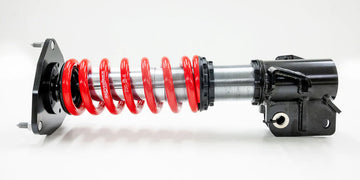
Cheap Vs Expensive Coilovers: Upgrade Your Suspension on a Budget!
Upgrade your ride with our selection of cheap vs expensive coilovers. Find the perfect balance...
Read more